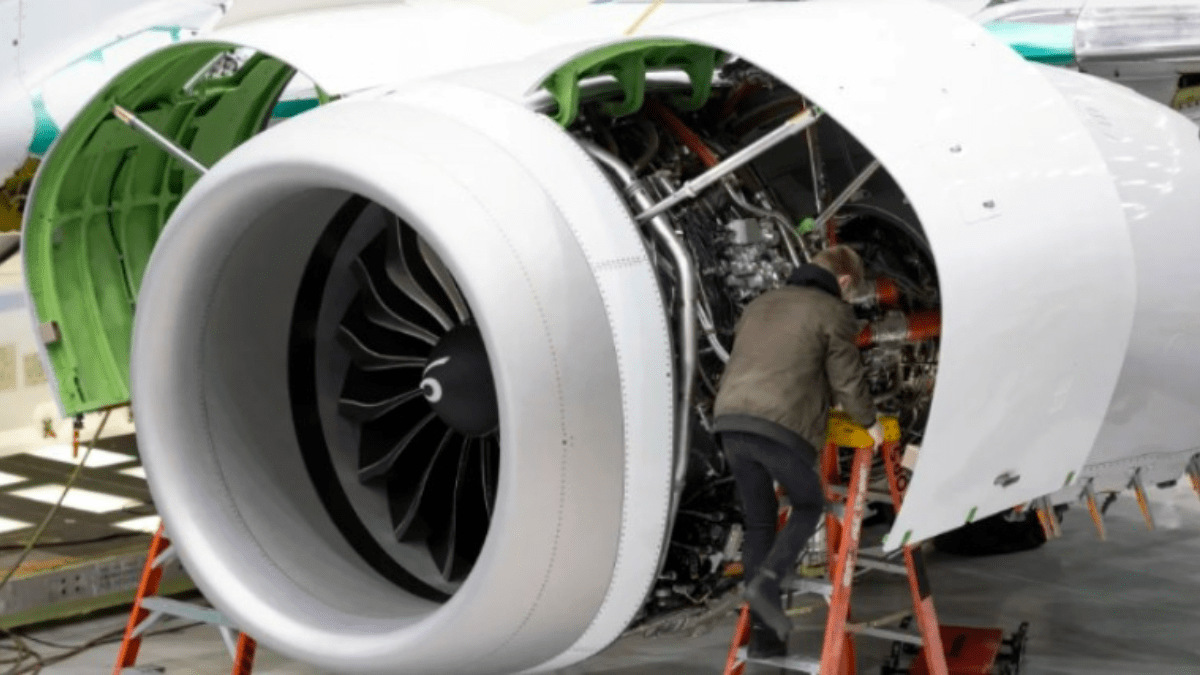The troubled aerospace giant Boeing is grappling with additional safety concerns raised by federal regulators about two of its marquee aircraft families – the 737 Max and 787 Dreamliner.
Engine Anti-Ice Systems Pose Potential Hazards
The Federal Aviation Administration has identified issues with the engine anti-icing systems on both the 737 Max and larger 787 jetliners. On the 737 Max, an electrical problem could cause a complete loss of thrust in both engines when flying through icy conditions.
For the 787 Dreamliner, the FAA warns that damage to an engine inlet seal risks overheating and serious engine failure. While not requiring immediate grounding, the issues will necessitate future airworthiness directives to mandate fixes from Boeing.
More Headaches for Beleaguered Planemaker
The newly-disclosed potential safety defects are just the latest headaches for Boeing as it works to restore confidence after the 737 Max crashes that killed 346 people and led to a 20-month grounding. Other recent incidents include the startling mid-air engine cowling blowout on an Alaska Airlines 737 Max in January.
“Airworthiness directives aren’t issued unless you have an unsafe condition that needs to be addressed. It’s ominous,” said Dennis Tajer of the Allied Pilots Association, representing American Airlines pilots.
While Boeing downplayed the severity, the engine anti-icing issues underscore the intense scrutiny the planemaker faces over safety and production quality across its aircraft portfolio.
Quality Control Concerns Persist
Federal investigators are still probing the Alaska Air engine cowling incident, which revealed a number of missing bolts during manufacturing. Lawmakers have also pressed Boeing and regulators about why the 737 Max was approved despite known deficiencies in its anti-icing systems.
The Justice Department is investigating whether the Alaska Air incident violated the deferred prosecution agreement Boeing reached in 2021 over previous 737 Max fraud allegations.
As Boeing continues efforts to restore public trust, the new FAA directives highlight the intense oversight and quality control challenges still confronting the company when it comes to ensuring aircraft safety.





One thought on “Boeing Faces More Turbulence as FAA Flags New 737 Max, 787 Safety Risks”